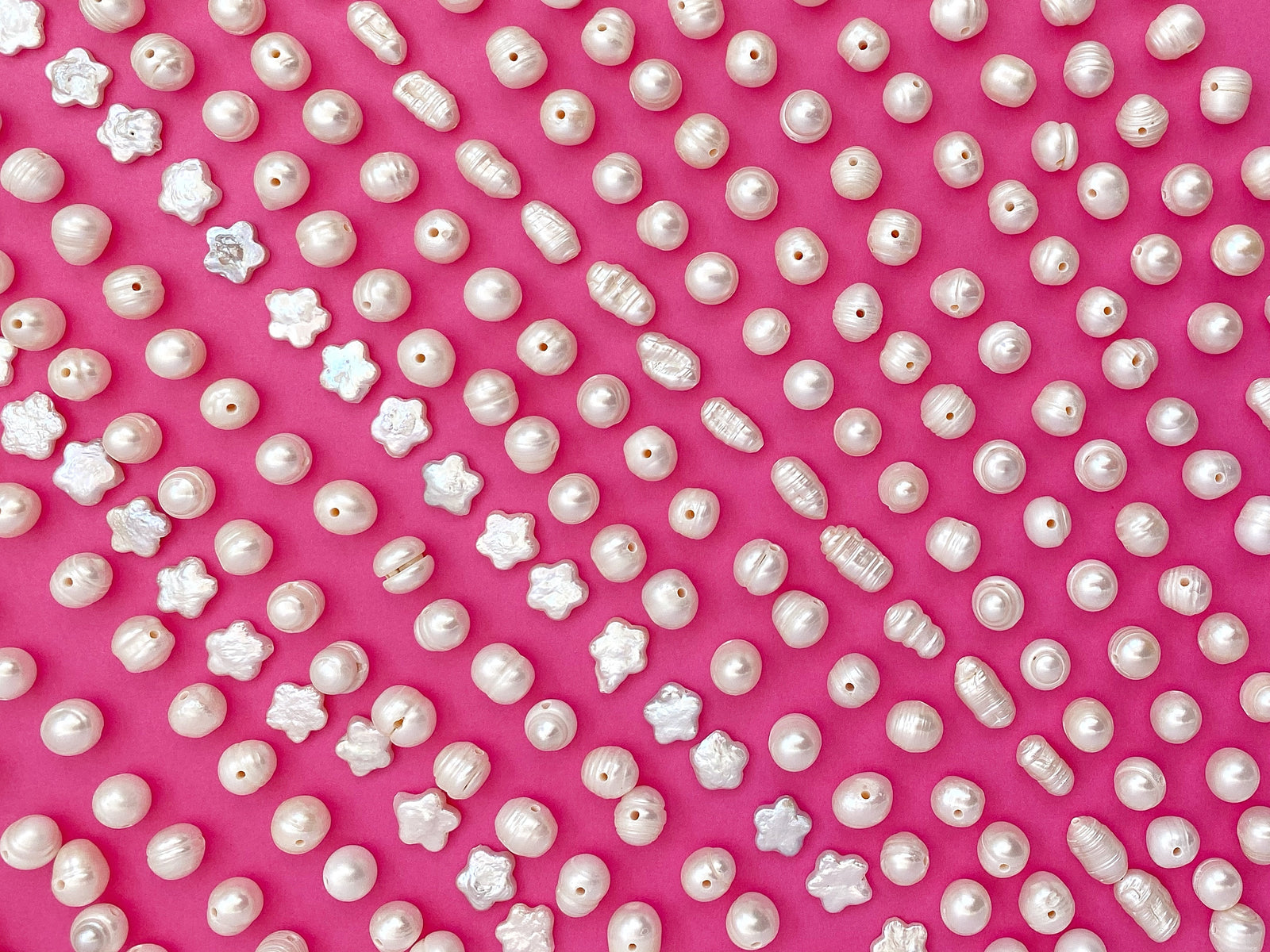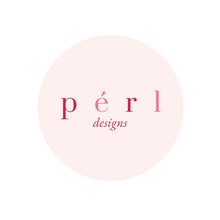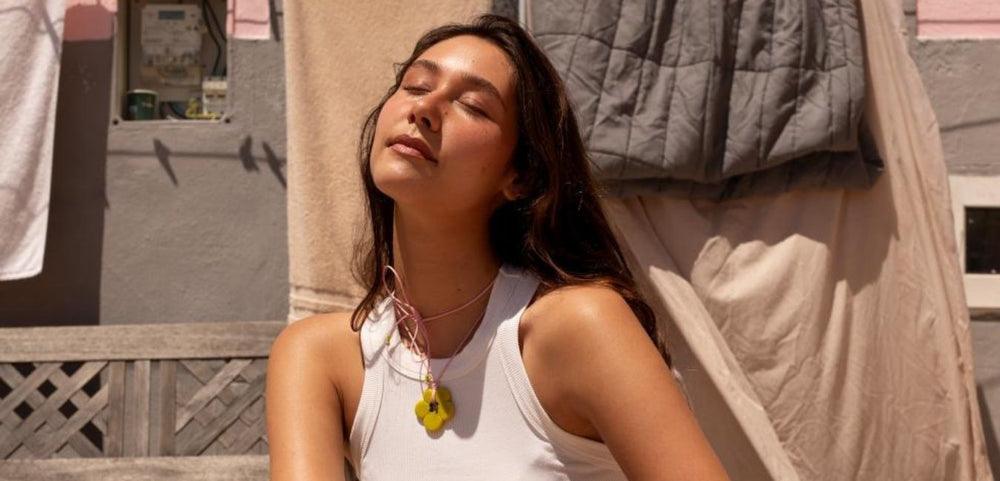pérl GLOSSARY

Pearls are nature's oldest gems and one of its greatest miracles.
What makes them even more special and unique is the shapes, types and different sizes they come in.
And to understand their beauty and value (and their prices literally), it's very important to understand those differences.
That's why, I wanted to share with you the basic terms that's you'll see circulating whenever and whereever pearls are the subject.
NATURAL PEARLS
- grow naturally within a shell, without human ingeration,
- represent less than 1% of all pearls present on the market,
- due to water pollution became extremely rare and expensive.
CULTURED PEARLS
- grow with a human ingeration by inserting an irritant into mollusc's shell yet are still considered as real pearls, and have exactly the same mineral structure as natural pearls,
- in the recent decades they have almost fully replaced natural pearls and cover over 99% of pearls on the market. Most of the brands (pérl including!) are using cultured pearls.
REAL PEARLS
- both natural and cultured pearls.
FRESHWATER PEARLS
- found in lakes and rivers mainly in China, USA and Japan,
- are harvested within 6 months which makes them cost effective,
- one oyster can create up to 50 pearls,
- come in range of colours and shapes but most often come in baroque (irregular) shape,
- even though they are cheaper and less lustrous than saltwater pearls, they are more resilient to scratches and chipping.
SALTWATER PEARLS
- found in the sea or ocean , mainly in Japan (Akaya pearls), Tahiti, Australia, Philippines and Indonesia,
- are harvested after 18 months hence a much higher price,
- one oyster produces not more than 3 pearls,
- come mainly in white, black and gold,
- are perfectly round due to its mineral structure,
- be alerted if you buy saltwater pearls jewellery at a 'cheap' price as they might be fake!
BAROQUE PEARLS
- irregularly and non-symmetrically shaped pearls.




